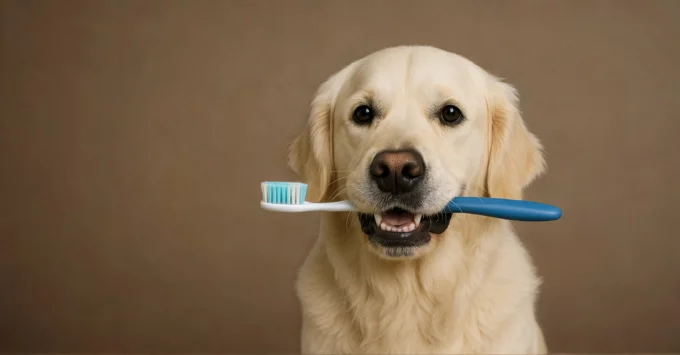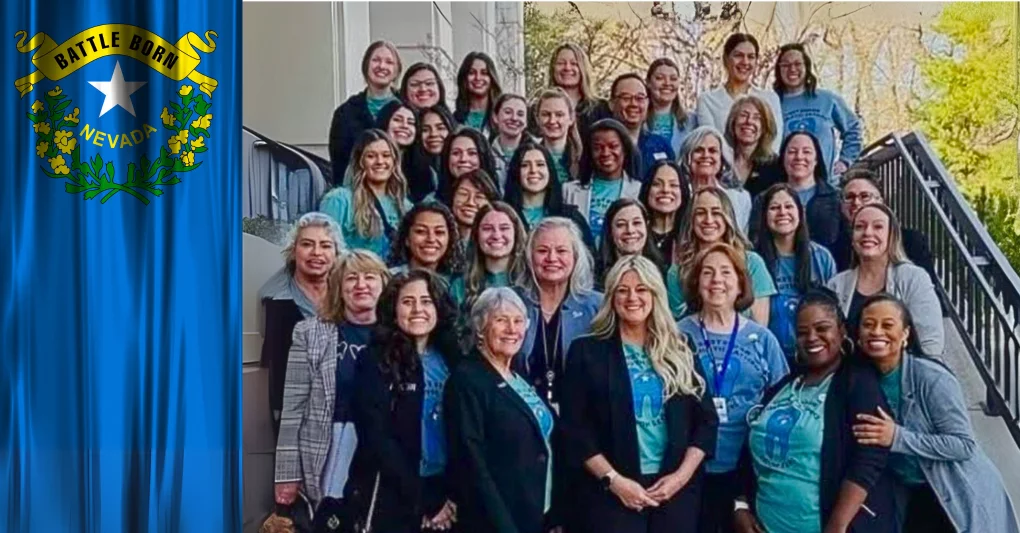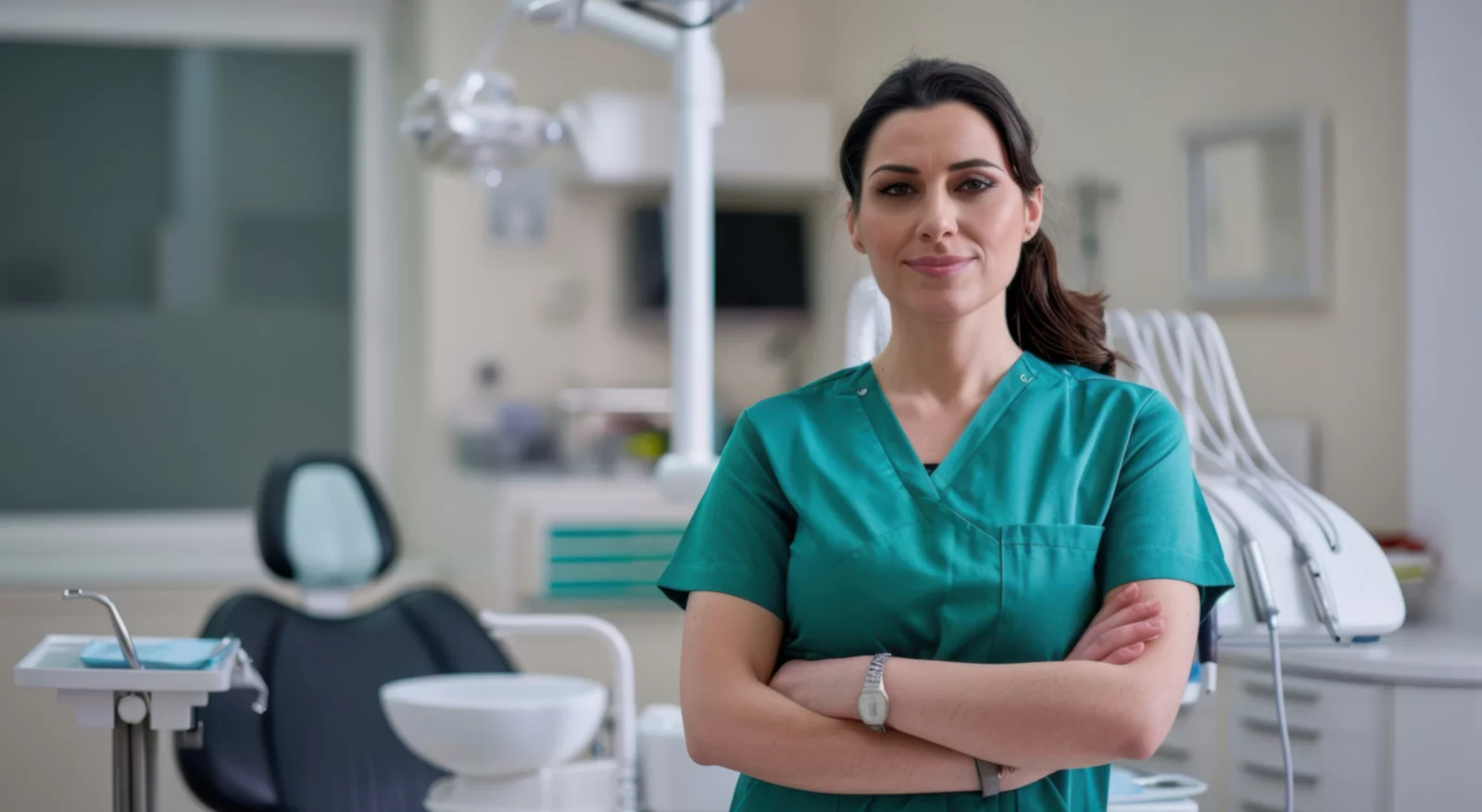By Derik J. Sven, MBA, MPH, RDH, CDT, FADHA
July 2, 2025
This is Where the Bar is Set — For Animals
In the Commonwealth of Massachusetts, supragingival scaling on animals is considered unethical, ineffective, and illegal. The Massachusetts Board of Registration in Veterinary Medicine states unequivocally: removing visible tartar without addressing the subgingival biofilm is medically unsound.¹ In fact, performing such procedures on pets can lead to charges for the unauthorized practice of veterinary medicine.
This is the regulatory floor for animals.
Meanwhile, organized dentistry in several U.S. states is actively promoting a scientifically baseless and professionally reckless agenda: allowing dental assistants — who lack the formal education and clinical training required of licensed dental hygienists — to perform supragingival scaling on humans.²
Let that reality sink in.
A Dangerous Double Standard
According to both the American Veterinary Dental College and the American Veterinary Medical Association, subgingival debridement is critical for disease control.³ Supragingival cleanings alone, whether on an animal or a person, is cosmetic at best and deceptive at worst.

The science is clear: periodontal disease thrives below the gumline, where pathogenic bacteria colonize, causing irreversible destruction if left undisturbed.⁴ These standards are upheld in veterinary medicine to protect animal health. Yet, when it comes to marginalized human populations, proponents of assistants being trained on the job to supragingivally scale are lowering the bar — under the pretense of expanding access.
This exposes a chilling truth: dogs get better dental laws than you.
The Real Risk: Dysbiosis and Systemic Harm
Scaling that is limited to the tooth’s visible surface does not interrupt the pathogenic subgingival biofilm. In fact, disturbing only the supragingival environment while leaving subgingival colonies untouched aggravates microbial imbalance — what science refers to as dysbiosis.⁴⁻⁶ This imbalance increases systemic inflammation and exacerbates risks for cardiovascular disease, diabetes, adverse pregnancy outcomes, and other conditions.⁷
This is not simply bad dentistry — it is dangerous public health policy.
Research in oral microbiology has consistently shown that partial or superficial scaling may alter biofilm structure in ways that favor more virulent pathogens.⁷
Simply put, doing something is worse than doing nothing if that “something” promotes disease under the illusion of care.
A False Narrative of “Access”
Organized dentistry is pushing a dangerous narrative: that allowing dental assistants to scale teeth supragingivally will improve access to care² — but access to what, exactly? A diluted service known to cause harm?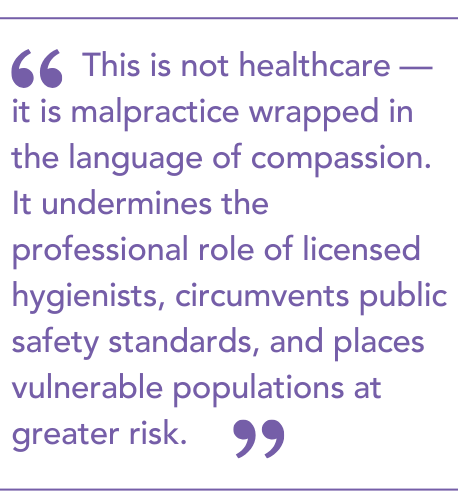
This is not healthcare — it is malpractice wrapped in the language of compassion. It undermines the professional role of licensed hygienists, circumvents public safety standards, and places vulnerable populations at greater risk.
If this level of care is unacceptable for animals, why is it being framed as good enough for children, the elderly, or disadvantaged communities?
Ignorance or Exploitation?
Dental societies and complicit boards engaging in these reckless actions have abandoned scientific integrity and are rapidly devolving into self-interested guilds masquerading as healthcare authorities. Authorizing supragingival scaling by assistants is not merely unsupported by clinical evidence — it is certifiably dangerous.
At its core, any policy that permits dental assistants to perform supragingival scaling while ignoring subgingival disease reflects one of two realities — both of which are wholly unacceptable:
- Dentists engaged in supporting this policy do not understand the underlying science of oral disease; or
- They do understand the science but are willing to engage in mass malpractice for economic reasons.
The Blind Leading the Blind
Nevada was one of the most recent states to engage in this reckless proposal, advancing legislation that would allow untrained individuals to “become” hygienists without formal education. This tactic came to a head during the battle over SB 495 in early 2025.
In testimony before the Chair of the Nevada Senate Health & Human Services Committee, Dr. Michael P. Rethman — Diplomate of the American Board of Periodontology, former Chair of the ADA Council on Scientific Affairs, and past president of the American Academy of Periodontology — bluntly warned:
“The legislation you are considering would permit general dentists — the same cohort that gets minimal training in diagnosing and managing periodontitis…and even less training in how to treat it — to ‘train’ any individual they chose and turn that person loose to perform dental hygiene services ostensibly ‘under the supervision of a dentist.’ The aphorism ‘the blind leading the blind’ comes to mind and is no understatement here.”⁸
He further exposed the profit-driven motive behind organized dentistry’s disregard for patient safety:
“It hurts me to say this, but the ADA, state dental organizations, and even the AAP let money get in the way of doing what is right for needful and trusting patients.”⁸
Malpractice Masquerading as Innovation
While complicit dental groups are marketing this idea as innovation, it is, in fact, a violation of clinical standards, a breach of ethical obligations, and a betrayal of public trust. Dental hygienists are specifically educated and licensed to manage the preventive dimensions of oral disease. Handing that responsibility to individuals with no formal training is not just irresponsible — it is a textbook case of both antitrust violations⁹ and malpractice.
So alarmingly regressive was Nevada’s SB 495 that the Academy of General Dentistry issued a formal letter of opposition¹⁰ — sharply contrasting both a letter from the president of the American Dental Association and the irresponsible actions of its Nevada chapter.
Oral health equity does not mean giving the disadvantaged substandard treatment while the affluent receive precision care. Supragingival scaling in cats and dogs is illegal because it is ineffective and harmful — yet dentists would permit it for people?
That is not just a double standard — it is a disgrace!
The conduct of those advancing these measures leaves little room for interpretation: they are complicit in a calculated strategy to preserve a profit-driven model that funnels patients through dangerous, substandard care to generate restorative revenue for dentists.¹¹
It is time for hygienists to lead with evidence-based solutions that directly challenge the regressive measures being promoted by organized dentistry. For nearly half a century, research has consistently demonstrated the safety, efficacy, and efficiency of professional autonomy for dental hygienists — offering a proven solution to both workforce shortages and access-to-care barriers.12,13
The profession can no longer afford to wait — meaningful change must be demanded now!
____________________________________
References
- Commonwealth of Massachusetts, Board of Registration in Veterinary Medicine, “Animal Dental Scaling without Anesthesia,” Policy No. 08-05, n.d.
https://www.mass.gov/lists/board-policies-and-guidelines-veterinary-medicine#board-policy-guidelines:-standards-of-practice-for-large-animal-practitioners-. - Matt Rossetto, “American Legislative Exchange Council Adopts Dental Workforce Model,” ADA News, December 11, 2024.
https://www.ada.org/publications/ada-news/2024/december/american-legislative-exchange-council-adopts-dental-workforce-model. - Katie Burns, “Below the Surface of Anesthesia-Free Dentistry,” Journal of the American Veterinary Medical Association News, February 1, 2016.
https://www.avma.org/javma-news/2016-02-01/below-surface-anesthesia-free-dentistry - Thomas E. Van Dyke, P. Mark Bartold, and Eric C. Reynolds, “The Nexus between Periodontal Inflammation and Dysbiosis,” Frontiers in Immunology 11 (March 31, 2020): 511.
https://www.frontiersin.org/articles/10.3389/fimmu.2020.00511/full - Susanne Schulz, Jamal M. Stein, Anne Schumacher, et al., “Nonsurgical Periodontal Treatment Options and Their Impact on Subgingival Microbiota,” Journal of Clinical Medicine 11, no. 5 (2022): 1187.
https://www.mdpi.com/2077-0383/11/5/1187 - Michael P. Rethman, Charles M. Cobb, John S. Sottosanti, Lee N. Sheldon, and Stephen K. Harrel, “The Importance of Effective Scaling and Root Planing,” Dimensions of Dental Hygiene 19, no. 8 (August 26, 2021): 40–44.
https://dimensionsofdentalhygiene.com/article/importance-effective-scaling-root-planing/ - German EM Villoria, Ricardo G. Fischer, Eduardo MB Tinoco, Joerg Meyle, and Bruno G. Loos. “Periodontal Disease: A Systemic Condition.” Periodontology 2000 96, no. 1 (2024): 7–19. https://doi.org/10.1111/prd.12616
- Michael P. Rethman, letter to Fabian Doñate, Chair, Nevada Senate Health and Human Services Committee, May 25, 2025.
https://drive.google.com/file/d/1hTvBncEJqPl0TZKSEg2jCKYAX4JCr988/view?usp=sharing - Derik J. Sven, “Breaking Chains: The Case for Dental Hygienists’ Autonomy, Part I: Defining the Paradigm,” RDH Magazine (April/May 2025).
https://www.rdhmag.com/career-profession/alternative-practice/article/55273454/the-case-for-dental-hygienists-autonomy-part-i-defining-the-paradigm - Academy of General Dentistry, letter to Fabian Doñate, Chair, Nevada Senate Health and Human Services Committee, May 30, 2025.
https://drive.google.com/file/d/1H3iRwQVVS6stZL2n38P67_JhBZ4hTrWo/view - Finley, Scott. “Standardizing Greed: The Real Agenda Behind SB 495.” The Nevada Globe, June 3, 2025. https://thenevadaglobe.com/articles/opinion-standardizing-greed-the-real-agenda-behind-sb-495/.
- Jie Chen, Chad D. Meyerhoefer, and Edward J. Timmons. 2024. “The Effects of Dental Hygienist Autonomy on Dental Care Utilization.” Health Economics 33 (8): 1726–1747. https://pubmed.ncbi.nlm.nih.gov/38536894/
- Margaret Langelier, Tracy Continelli, Jean Moore, Barbara Baker, and Simona Surdu. 2016. “Expanded Scopes of Practice for Dental Hygienists Associated with Improved Oral Health Outcomes for Adults.” Health Affairs (Millwood) 35 (12): 2207–2215. https://pubmed.ncbi.nlm.nih.gov/27920308/
____________________________________
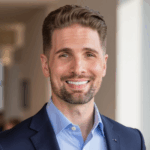 Derik J. Sven, MBA, MPH, RDH, CDT, FADHA has nearly two decades of experience as a board-certified lab technician and restorative dental hygienist. He holds undergraduate degrees in dental hygiene and health care administration, as well as master’s degrees in public health and business administration. He is currently pursuing his doctorate in health science at George Washington University School of Medicine in Washington, D.C., where his research focuses on advancing the autonomy of dental hygienists and the broad integration of dental therapists into the health care system. He is an inaugural Fellow of the American Dental Hygienists’ Association and President of its Virginia chapter.
Derik J. Sven, MBA, MPH, RDH, CDT, FADHA has nearly two decades of experience as a board-certified lab technician and restorative dental hygienist. He holds undergraduate degrees in dental hygiene and health care administration, as well as master’s degrees in public health and business administration. He is currently pursuing his doctorate in health science at George Washington University School of Medicine in Washington, D.C., where his research focuses on advancing the autonomy of dental hygienists and the broad integration of dental therapists into the health care system. He is an inaugural Fellow of the American Dental Hygienists’ Association and President of its Virginia chapter.
Disclaimer: While Derik is an active leader in the Virginia chapter of the American Dental Hygienists’ Association, this article is written in a personal, not official capacity.
